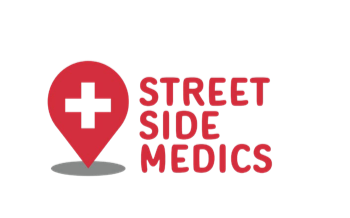HOMELESSNESS IN AUSTRALIA
DEFINING HOMELESSESS
The Australian Bureau of Statistics defines homelessness as, “When a person does not have suitable accommodation alternatives, they are considered homeless if their current living arrangement
Is in a dwelling that is inadequate;
Has no tenure, or if their initial tenure is short and not extendable; or
Does not allow them to have control of, and access to space for social relations”
RATES OF HOMELESSNESS
This vertical bar chart shows that the rate of homelessness has changed from 50.8 per 10,000 population in 2001, to 45.2 per 10,000 population in 2006, 47.6 per 10,000 in 2011 and 49.8 per 10,000 population in 2016. Most of the increase in homelessness between 2006 and 2016 occurred in persons living in ‘severely’ crowded dwellings, which increased from 15.9 per 10,000 population in 2006 to 21.8 per 10,000 population in 2016.
BARRIERS LIMITING ACCESS TO HEALTHCARE
Health issues experienced for homelessness
Severe and persistent mental illness
Problematic substance use
Physical disabilities
Chronic physical health issues
Metabolic syndrome
Cardiovascular disease
Respiratory conditions – Asthma and COPD
Liver disease – chronic viral hepatitis
Oral health conditions
Cancers
Barriers to accessing services by people experiencing homelessness
Lack of awareness of available services
Prohibitive costs
Lack of transport
Level of documentation required E.g. Medicare card
Structured appointment systems
Stigma and embarrassment
Previous negative experiences
Distrust in practitioner

